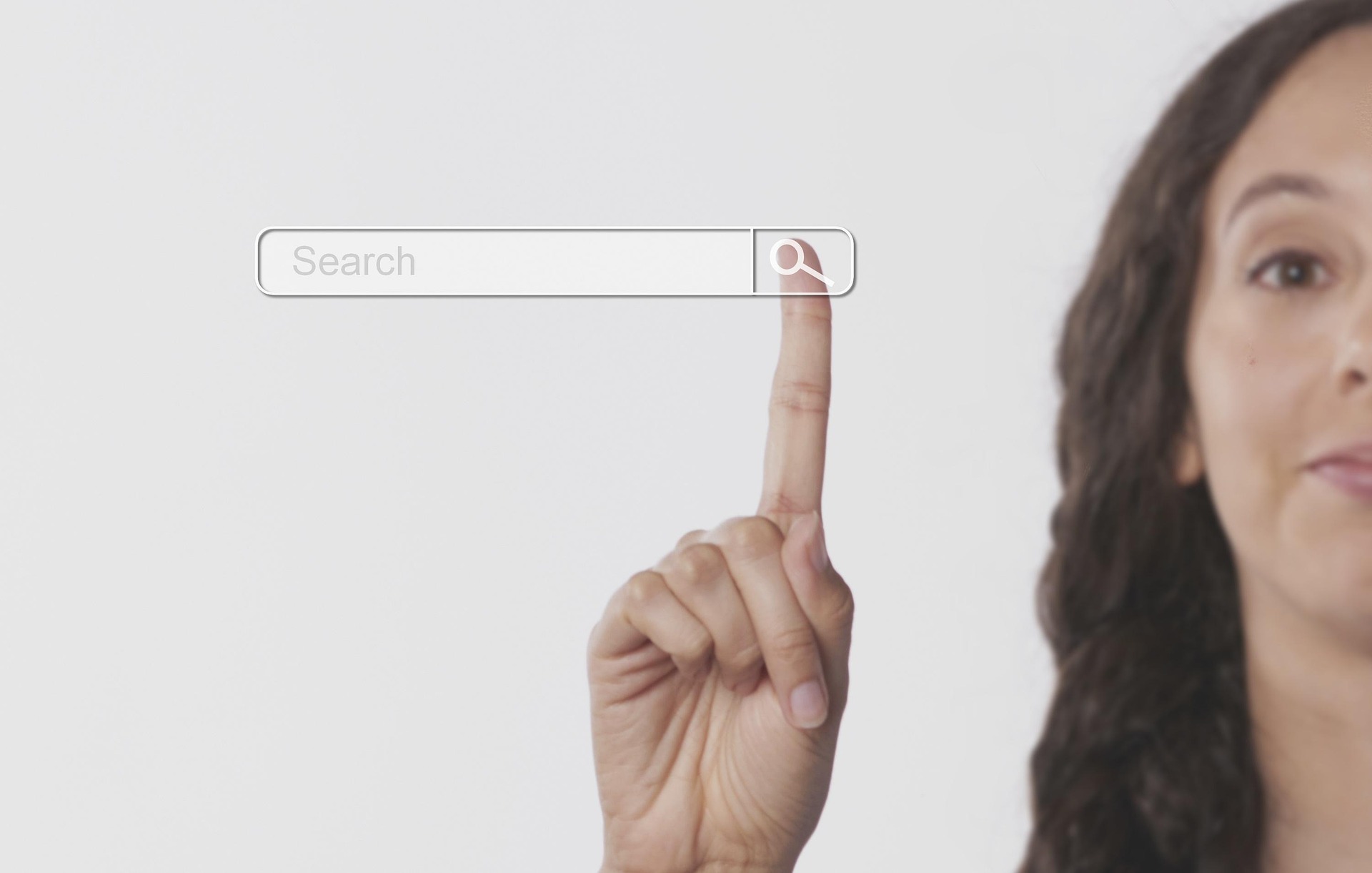Simplified Smartphones: Choosing the Best Cell Phones for Seniors in the US
This article offers a neutral and informative overview of cell phone options tailored for seniors in the United States. It outlines key features such as large buttons, hearing aid compatibility, emergency call functions, and simplified interfaces—helping readers understand what to look for when selecting a senior-friendly device.
What features do seniors value most in cell phones?
Seniors typically prioritize several key features when choosing a cell phone. Large, easy-to-read displays with adjustable font sizes are crucial for those with vision impairments. Simple, intuitive interfaces with clearly labeled buttons or icons make navigation easier. Emergency features like SOS buttons for quick access to help are also highly valued.
Many seniors appreciate loud, clear speakers and hearing aid compatibility for improved communication. Long battery life reduces the need for frequent charging, while durable construction helps protect against accidental drops. Some seniors also prefer phones with physical keyboards for easier texting.
How do flip phones compare to simplified smartphones for seniors?
Flip phones and simplified smartphones each have their advantages for senior users. Flip phones are typically more straightforward to use, with physical buttons and a compact design. They often have longer battery life and are generally more affordable. Popular models like the Jitterbug Flip offer large buttons, loud speakers, and simple menus.
Simplified smartphones, on the other hand, provide more features while maintaining an easy-to-use interface. Devices like the Jitterbug Smart3 or GrandPad offer larger touchscreens, voice commands, and access to apps for video calls, email, and web browsing. These phones can be a good choice for seniors who want more functionality but still prefer a streamlined experience.
Which mobile carriers offer senior-friendly plans without long-term contracts?
Several mobile carriers in the US market provide plans tailored for seniors without requiring long-term commitments. Consumer Cellular specializes in senior-friendly plans with no contracts, offering customizable talk, text, and data options. Their plans also include AARP discounts for members.
GreatCall, which offers the Jitterbug phones, provides flexible plans with health and safety services. T-Mobile’s Unlimited 55+ plan offers unlimited talk, text, and data for customers aged 55 and older without annual contracts. AT&T and Verizon also have similar senior-focused plans, though availability may vary by location.
What are the top smartphone options designed for seniors?
Several smartphones are specifically designed with seniors in mind. The Jitterbug Smart3 features a simple interface, large icons, and a loud speaker. It also includes health and safety services like urgent response and nurse hotlines. The GrandPad is a tablet-like device with a very simplified interface, pre-loaded apps, and 24/7 support.
For those comfortable with mainstream smartphones, the iPhone SE or Samsung Galaxy A series offer accessibility features like magnification, voice control, and hearing aid compatibility. These devices can be customized with larger text and icons to suit individual needs.
How can seniors choose between a basic phone and a smartphone?
Choosing between a basic phone and a smartphone depends on the individual’s comfort with technology, desired features, and lifestyle. Basic phones are ideal for seniors who primarily need voice calls and texting. They’re simpler to use, have longer battery life, and are often more durable.
Smartphones offer more versatility, allowing seniors to stay connected through video calls, email, and social media. They can also provide access to helpful apps for health tracking, navigation, and entertainment. However, smartphones typically require more frequent charging and may have a steeper learning curve.
Consider the senior’s daily activities, their willingness to learn new technology, and their need for features like GPS navigation or video calling when making this decision.
What are the best cell phone plans and devices for seniors in 2023?
When it comes to choosing the best cell phone plans and devices for seniors, it’s important to consider both the features of the phone and the benefits of the plan. Here’s a comparison of some popular options available in the US market:
| Provider | Plan Name | Monthly Cost | Key Features | Device Options |
|---|---|---|---|---|
| Consumer Cellular | Talk Only | $15 - $20 | No contract, AARP discounts | Various phones, including Jitterbug |
| GreatCall | Basic | $14.99 - $49.99 | Health & safety services | Jitterbug Flip, Jitterbug Smart3 |
| T-Mobile | 55+ | $27.50 - $45 per line | Unlimited talk, text, data | Any T-Mobile compatible phone |
| AT&T | Senior Nation | $29.99 | 200 anytime minutes, no data | Basic phones only |
| Verizon | 55+ Plan | $60 - $80 | Unlimited talk, text, data | Any Verizon compatible phone |
Prices, rates, or cost estimates mentioned in this article are based on the latest available information but may change over time. Independent research is advised before making financial decisions.
Selecting the right cell phone and plan can greatly enhance a senior’s ability to stay connected and independent. By considering factors such as ease of use, emergency features, and cost-effective plans without long-term commitments, seniors can find a solution that fits their needs and lifestyle. As technology continues to evolve, more options are becoming available to cater to the unique requirements of older adults, ensuring they can enjoy the benefits of mobile communication with confidence and ease.
The shared information of this article is up-to-date as of the publishing date. For more up-to-date information, please conduct your own research.





